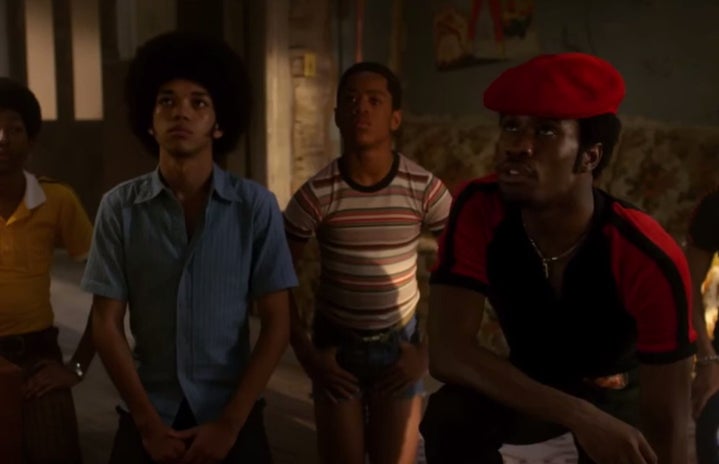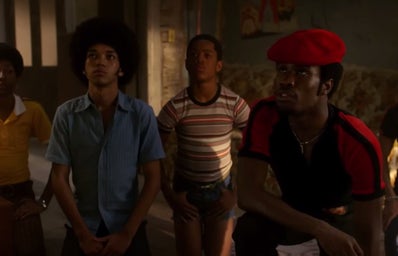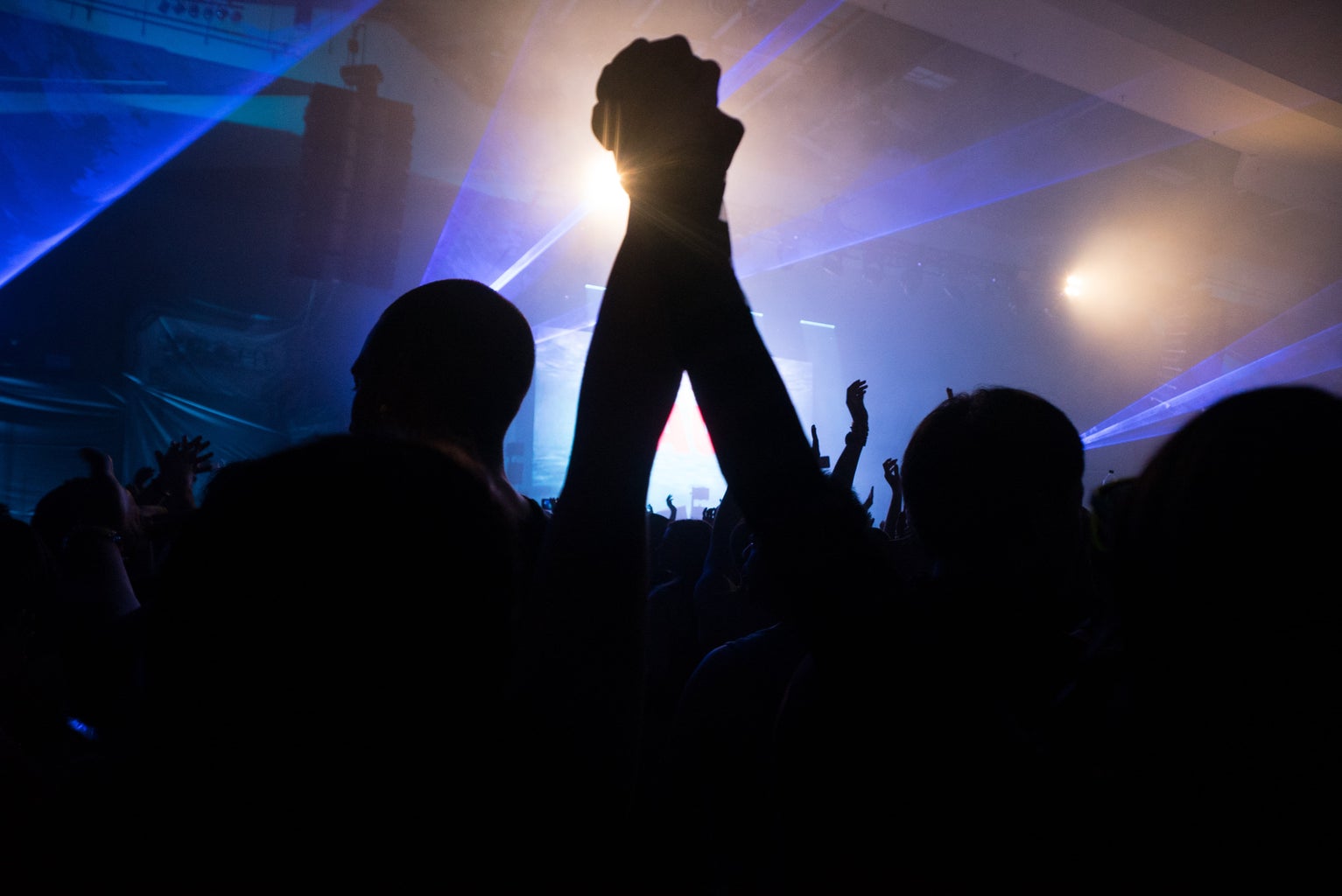Hip-hop is unarguably a language born of diversity, carried in the mouths of children whose only home was in the ghettos. The elements in this form of music came together in the Bronx, a borough of New York City, in the early 1970s at a time tougher than usual for the poorer and impoverished parts of urban America. Hip-hop can be diagnosed as a black political movement that has undergone a series of evolutions over different time periods.
Early forms of hip-hop reflected the socio economic issues of black people. It was the CNN of the black community, reporting black experiences that were otherwise shoved aside or intellectually reduced by news outlets to appease the masses. This is why radical rap, or “hood politics” as Kendrick Lamar puts it, is of huge importance to the black community; it serves as a tool for awareness. This further stresses hip-hop as a political movement in the black community. Hip-hop has an extreme attraction to people of different races, striking consumers in a very emotional way that European music forms cannot. The snare drums, piano, and bass guitar (among other instruments implemented in this beautiful art form) will keep your head bobbing, feet tapping, and body swaying.
Hip-hop, like most art, has gone through phases. Later in the mid-90s came “gangsta rap.” This was a result of the violent lifestyles that existed in the inner cities plagued with poverty, drug use, and dealing. It highlighted the gangsta life and hustle in the ghettos. Gangsta rap glamorized sex which led to the hypersexualization of black men and women, gang violence and misogyny, making it a highly controversial art form. Many people choose to highlight this part of hip-hop, but that is seeing only one side of the picture.
Artists like Kendrick Lamar, Childish Gambino, and Sho Baraka prove that conscious rap still very much exists in today’s world. Kendrick Lamar is one of the most recognizable hip hop artists when it comes to conscious rap and is arguably a legend in the genre. In 2015, he released his album To Pimp a Butterfly and received recognition by the president at the time, Barack Obama. To Pimp a Butterfly looks at the struggles that plague current Black America. Kendrick Lamar’s song from the album titled “Alright” captures the perfect dualism in the black community. This song encapsulates the black struggle of police brutality. The song is uplifting, encouraging African Americans that they are going to be alright amidst the political and civil unrest in America. Kendrick notes that there is a reason for black suffering and some providence of salvation in the next world, however, he does not say to not complain or be confrontational, which heightens the ambivalence of hip-hop.
Childish Gambino’s song “This is America,” released in 2018, captures the message about guns and violence from a black perspective as Gambino plays the role of America. Gambino sings the line, “This is America, don’t catch you slipping up.” He warns African Americans to be vigilant. Sho Baraka’s album, The Narrative, released in 2017, is a masterpiece in its function to uplift Black people as well as non-black people. His song “Here” has an especially addictive bounce in the way the piano keeps a steady rhythm throughout the song. Other artists that deserve honorable mentions include Lecrae, Dave Santan and Erykah Badu, all of whom you should most definitely check out.
Hip-hop has seen its fair share of changes. It started as a genre meant to uplift black people and then drifted into gangsta rap, but evidence of conscious rap still lingers on the border of its history. Hip-hop is a timeless genre that keeps our bodies moving, and the very artistry emanated from the beats to the lyrics is one to be amazed by.



